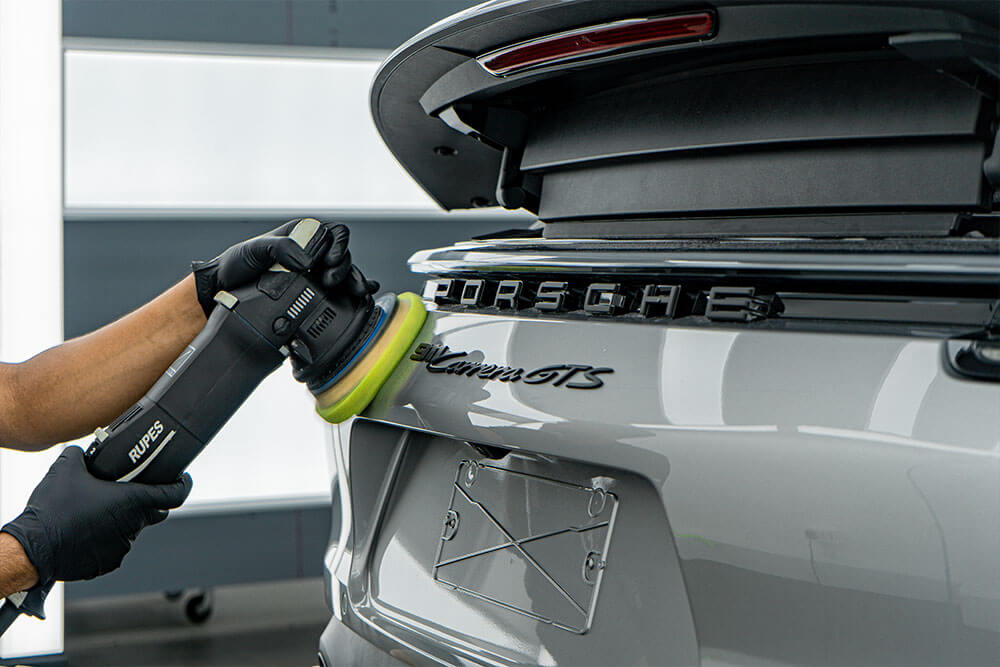
When it comes to Paint Protection Film (PPF), not all films are created equal. As more car owners look for ways to protect their vehicles, the choices for PPF materials have expanded. Three common types you’ll come across are TPU, TPH, and PVC PPF. While these films serve the same basic purpose of protecting your car’s paint, the materials used to make them vary. Each has its own set of characteristics, and knowing the differences between them can help you choose the right option for your needs.
What is PPF?
Before diving into the different types of PPF, it’s important to understand what PPF actually is. Paint Protection Film is a transparent, thin film that is applied to the surface of a car to guard against chips, scratches, and environmental contaminants. Made from various materials, each type of PPF offers a unique blend of durability, flexibility, and ease of maintenance.
The key to selecting the right film lies in understanding the material properties. Let’s explore the three most popular options: TPU, TPH, and PVC.
TPU PPF (Thermoplastic Polyurethane)
What is TPU
TPU is one of the most common materials used for PPF today. Thermoplastic Polyurethane is a flexible, durable material known for its resistance to abrasions, tears, and chemicals. When applied as a film, TPU provides excellent protection against scratches, road debris, and weathering, making it an ideal choice for areas prone to damage, like the hood, front bumper, and side mirrors.
Why Choose TPU?
TPU PPF is often the go to option for those looking for a balance of performance and cost. It is highly durable and resistant to yellowing over time, which ensures the protection lasts for years without compromising the vehicle’s appearance. TPU films are also known for their self-healing properties, which means minor scratches can disappear when exposed to heat, ensuring your car looks brand new for longer.
TPH PPF (Thermoplastic Polyurethane Hybrid)
What is TPH?
TPH is a hybrid material that blends the qualities of TPU with other additives, creating a film that combines the benefits of several different polymers. The result is a PPF that offers increased impact resistance, flexibility, and durability, often in a thinner and lighter form compared to standard TPU films.
Why Choose TPH?
For those who want even higher protection without adding bulk to their car, TPH films are an excellent choice. The hybrid nature of TPH allows for greater impact resistance, making it ideal for those who frequently drive in high risk areas. It’s also great for high performance vehicles that demand the best in protection without compromising the appearance. TPH films tend to maintain their clarity and finish longer than standard TPU films, ensuring a pristine look even after extended use.
PVC PPF (Polyvinyl Chloride)
What is PVC?
Polyvinyl Chloride (PVC) is another material used for PPF, though it’s less common in high end applications than TPU or TPH. PVC is a rigid plastic that offers a durable surface and a smooth, glossy finish. However, compared to TPU and TPH, PVC tends to be less flexible and more prone to cracking under stress or impact.
Why Choose PVC?
PVC PPF can be a more budget friendly option, but it’s generally not as durable or flexible as TPU and TPH. It does provide a high level of protection against environmental factors like UV rays, but its rigidity can make it more susceptible to damage from impacts or aggressive driving. For owners who need a cost-effective solution for areas with minimal exposure to potential damage, PVC PPF can be an option. However, for those seeking long-term protection with superior durability, TPU or TPH are generally better choices.
Key Differences Between TPU, TPH, and PVC PPF
1. Durability & Flexibility
- TPU: Highly durable, flexible, and resistant to yellowing. Offers long lasting protection.
- TPH: Even more impact-resistant and flexible than TPU. Great for high performance vehicles.
- PVC: Less flexible and more rigid, which can lead to cracking or peeling over time.
2. Protection Features
- TPU: Offers excellent self healing properties, able to repair minor scratches with heat.
- TPH: Stronger impact resistance and greater protection against physical damage.
- PVC: Less protection against impact, mainly shields from environmental factors like UV rays.
3. Cost
- TPU: Mid-range price, offering a balance of quality and affordability.
- TPH: Generally more expensive due to superior features and performance.
- PVC: More budget friendly but less durable in the long run.
Which One Should You Choose?
The choice between TPU, TPH, and PVC PPF ultimately depends on your needs. If you’re looking for a reliable, long-lasting solution that offers superior protection and self healing properties, TPU is an excellent choice. If you need even more durability and impact resistance, particularly for high-performance vehicles, TPH is worth considering. On the other hand, if budget is your primary concern and you need basic protection, PVC could be a reasonable option, though it may not provide the same level of long-term benefits as the other two.
Conclusion
In the world of Paint Protection Films, TPU, TPH, and PVC each offer their own strengths and drawbacks. Understanding the differences between these materials allows you to make an informed decision based on your vehicle’s needs, driving habits, and budget. Whether you choose TPU, TPH, or PVC, investing in PPF is a smart way to preserve the appearance of your car and protect it from the harsh elements of the road.


